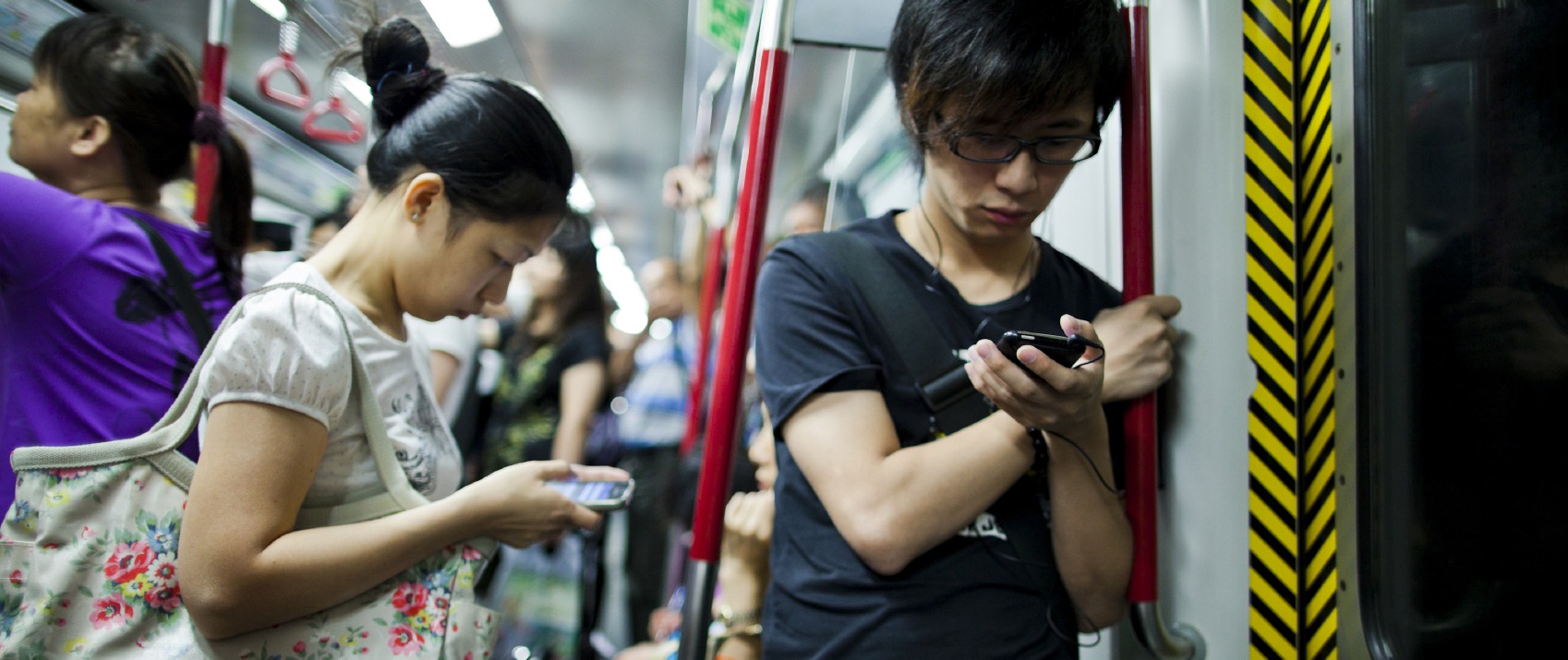Broadband access policies have in recent years occupied a prime spot in digital divide discussions. But at the recently held Internet Governance Forum (IGF) in Istanbul, an increasingly common but oft-overlooked aspect of the debate has bubbled up the surface: zero-rating. The practice involves mobile carriers, through a prior agreement with specific content providers, offering free mobile data to allow customers to access particular online content or services at no additional cost.
The scheme, which has seen growing uptake in emerging Internet markets like India, Indonesia and the Philippines, remains highly controversial, not least because it challenges the core tenets of Net Neutrality. Those who are against it argue that zero-rating, by granting free access to some websites but charging for others, entails preferential treatment of certain sources of content. If normalised, they fear that it would prompt carriers to launch similar discriminatory deals on the premise of getting more people online. That the most prevalent zero-rated programmes involve giant US-based providers such as Facebook, Google and Twitter, makes it more contentious as it could also pose a threat to local content development.
Proponents contend that zero-rating is a competitive tool for introducing both Internet access and relevant online content to low-income communities. By spurring increased demand for Internet connectivity, it could also help carriers achieve the scale they need to invest in better networks, potentially allowing them to provide Internet access at a lower price. New industry studies appear to substantiate some of these claims, but the correlation between increased mobile data subscription and zero-rated programmes have yet to be fully quantified.
There is equally a lack of concrete data to support counterclaims that such schemes might prompt users to drop their data plans and use zero-rating as a substitute for Internet access. But such risks may be slim as it is in carriers’ interest, if they are to convert people to full data subscribers, to offer these only for a fixed period. Indeed, keeping these temporary would help to assuage fears that the service is discouraging Internet users from realising the full value of the Internet.
Mobile carriers gravitate towards big content providers because they already have a huge following, which through network effect makes them more attractive to potential subscribers. However, it just as crucial to ensure that small and medium providers, especially those that produce and distribute local content, get the same opportunity to sign up to these agreements.
The industry can take a leaf out of Wikimedia’s book. The foundation, whose own programme, Wikipedia Zero, has enjoyed success in countries like Nepal, allows other public interest websites to ride onto its own scheme, eschews any exclusive rights or exchange of payment between itself and mobile carriers, and forbids carriers from selling the service as part of a limited bundle. Wikimedia has in the past stressed the importance of keeping zero-rated platforms open to enable users to appropriate them for their own needs, perhaps even using them in ways for which they may not have been originally intended.
It remains to be seen how zero-rated programmes, should this be a widely accepted route for gaining first time access to the Internet, would affect the online habits and preferences of the next one or two billion people to go online. It is worth noting however, that zero-rating is not a panacea for the biggest remaining obstacles to connectivity: from high costs of access and slow connection speeds, perhaps from lack of competition across the Internet value chain, to poor infrastructure investment in non-commercially viable areas. These can only solved by taking steps, whether through technical means or well-rounded policies, to improve the conditions that have kept the Internet out of reach for many people.

